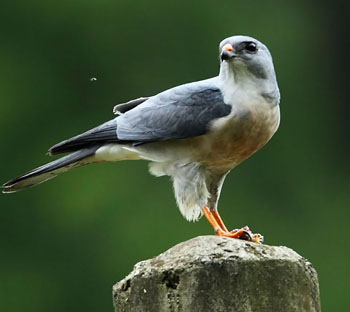
Accipiter soloensis
Red-bellied Hawk, Goose Hawk, Red-nosed Hawk, Pigeon Hawk
The red-bellied hawk is a small bird of prey with long, pointed wings. It is···
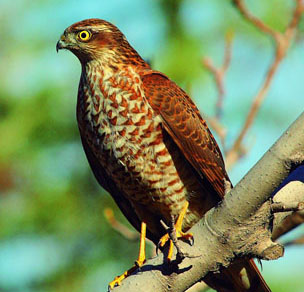
Accipiter nisus
Sparrowhawk, Yellow Hawk, Harrier Hawk
The sparrowhawk is a common forest hawk and an expert in preying on small bi···
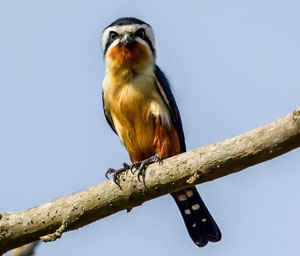
Microhierax caerulescens
Red-legged Falcon
The red-legged falcon is a resident bird that likes to move in pairs. It is ···

Microhierax melanoleucos
White-legged falcon, falcon, panda bird
The white-legged falcon is a resident bird, usually nesting in the abandoned···
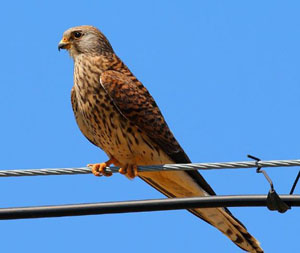
Falco naumanni
Yellow-footed Hawk
The yellow-clawed falcon is a relatively rare bird. It is a summer migratory···

Falco vespertinus
Western red-legged falcon, blue swallow, blue eagle, red-legged kite, red-footed falcon
The Western Red-footed Falcon is a summer migratory bird in my country. It m···
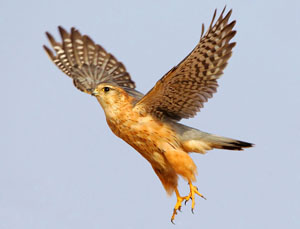
Falco columbarius
Gray-backed falcon, gray kite, horse lotus, flower, orchid embroidery, peach blossom
The gray-backed falcon often moves alone and has a sharp call. It often flie···
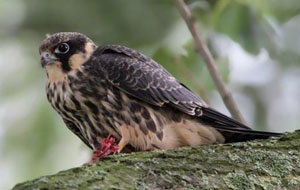
Falco subbuteo
Green stripe, earth falcon, falcon, grasshopper hawk, insect kite
The falcon is commonly known as the green-striped hawk, grasshopper hawk, an···
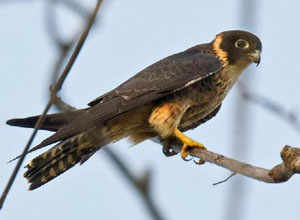
Falco severus
falcon
The fierce falcon is a bird of the genus Falconidae. It is similar in size t···
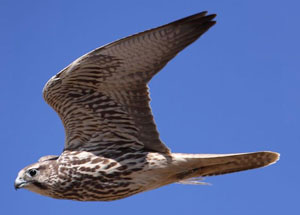
Falco cherrug
Falcon, Stick
Falcons feed on birds, rodents and mammals, and are capable of hunting mediu···
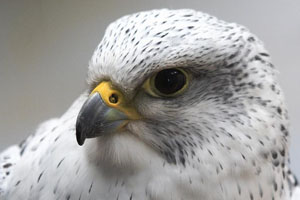
Falco rusticolus
Gyrfalcon, White Falcon
The gyrfalcon is a species of falcon. It has a strong beak and feet with sha···
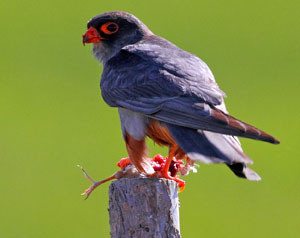
Falco amurensis
Red-footed falcon, Amur falcon, blue eagle, blue swallow, black kite, red-legged kite, grasshopper hawk
Red-footed falcons often inhabit open habitats and like to stand on electric···

Pavo muticus
Green peacock, Java peacock, Vietnamese bird, dragon bird, green peafowl
The green peacock is a large chicken. The male has emerald blue-green feathe···
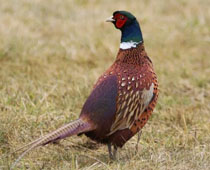
Phasianus colchicus
Ring-necked Pheasant,Common Pheasant,Pheasant
Pheasants are a kind of walking bird in the Phasianidae family of the class ···
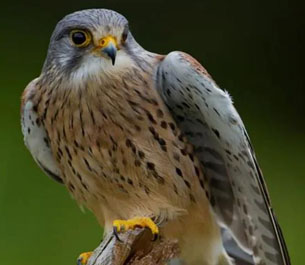
Falco tinnunculus
Kestrel, Red Hawk, Yellow Hawk, Red Kite
The red kestrel is one of the small birds of prey of the Falconidae family a···
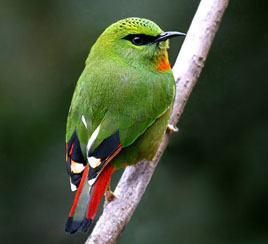
Myzornis pyrrhoura
Fire-tailed Green Babbler
The Fire-tailed Green Thrush is a small bird of the family Ornithogalidae an···
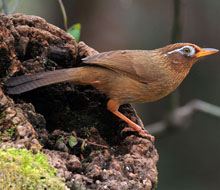
Garrulax canorus
Hwamei,Thrush,Chinese Thrush
The thrush is a medium-sized bird in the class Aves and family Thrush. Body ···

Buteo rufinus
Brown-tailed Hawk,Long-legged Buzzard
The Rufous-tailed Hawk is a medium-to-large raptor of the genus Buteo in the···

Buteo buteo
Buteo buteo buteo,Buteo japonicus
The Eurasian buzzard is a bird of the family Accipitridae and the genus Bute···

Pernis apivorus
European Honey Buzzard、Western Honey-Buzzard
The Cuckoo-headed Honey Buzzard is a bird of the Accipitridae family and the···

Nisaetus nipalensis
Mountain Hawk-eagle,Spizaetus nipalensis,qadris
The eagle is a medium-to-large raptor that is common in southern my country.···
